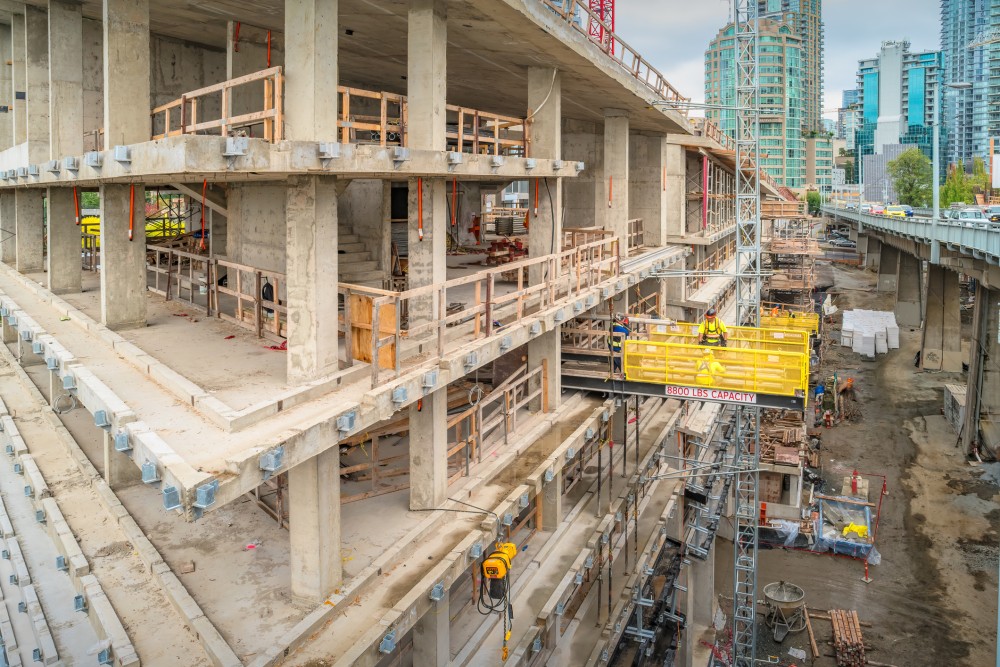VANCOUVER, B.C. — British Columbia has a unique opportunity to lead Canada in reducing the carbon footprint of construction projects by adopting clean cement and concrete solutions, as outlined in a new Pembina Institute report The Opportunity to Lead on Clean Concrete.
Concrete, the world’s most widely used building material, is also one of the most carbon-intensive. Cement, a critical ingredient in concrete, accounts for approximately 7% of global greenhouse gas emissions. The report outlines key actions B.C. can take to decarbonize this essential sector, positioning the province as a leader in sustainable construction practices.
Pembina research shows nearly one-third of concrete in Canada is purchased by governments, making public procurement a powerful tool for driving sector transformation. By embracing this and other key measures, B.C. can maintain its reputation as a leader in practical, cost-efficient construction solutions while delivering real economic benefits to its communities.
Recommendations
- Adopt the Federal Standard on Embodied Carbon in construction
- Remove prescriptive specifications
- Implement a Buy Clean policy
- Sustain industry supports
Quotes
“Government leadership in clean procurement and performance targets will ensure that the use of lower carbon building materials become the new standard. This is B.C.’s chance to lead the way in smart construction solutions that inspire other jurisdictions to follow suit.”
— Rachel Sutton, Buildings senior analyst, Pembina Institute
“B.C. has the tools, expertise, and local know-how to build confidence among stakeholders in the use of lower-carbon concrete in their projects. To seize this opportunity, the province needs sustained policies and investments to increase the uptake of clean concrete, lead the way in future-proofing communities, and boost local innovation and jobs.”
— Betsy Agar, Buildings program director, Pembina Institute
Quick facts
- Cement, the critical binding agent in concrete, represents 7% of global GHG emissions and 1.5% of Canada’s emissions.
- Nearly 1/3 of concrete in Canada is purchased by governments.
- The government of B.C. buys 1/5 of the province's cement and concrete.
- The Federal Treasury Board's Standard on Embodied Carbon requires a 10% reduction of ready-mix concrete used in government projects.
Contact
Sarah Snowdon
Senior Comms Lead, Pembina Institute
416-838-3423
Background
Report: Carbon-free concrete
Blog: Concrete innovation in B.C.
Blog: Canada and the world’s progress on low-carbon concrete since COP28
Blog: Reducing built-in carbon emissions




